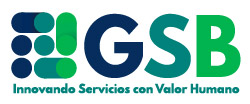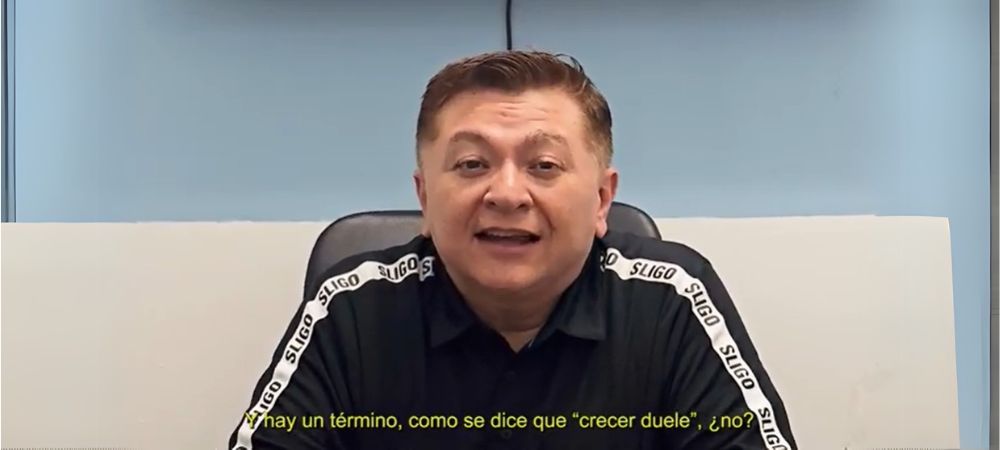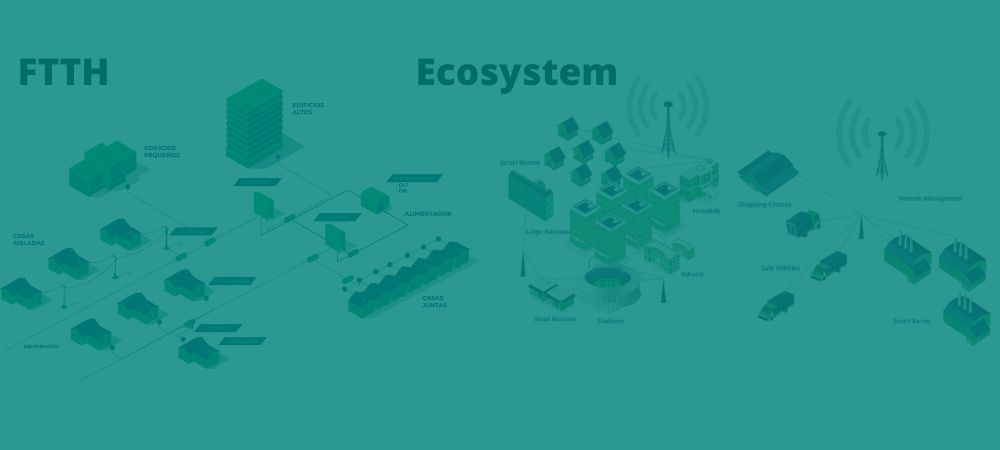Continuous Improvement can be defined as a philosophy to improve the processes, services and products of an organization, through techniques and tools, together with the development of a general attitude, which forms the basis for constant inspection, adaptation and continuous improvement.
Regarding continuous improvement, the Agile Manifesto reads, “At regular intervals, the team reflects on how to be more effective and then adjusts and refines its behavior accordingly (…) Continuous attention to technical excellence and good design improves Agility.”
For this reason, agile frameworks such as Scrum, include at the end of each Sprint the Retrospective ceremony, being the outstanding result of this event, the continuous improvement actions agreed by the team to solve their problems or impediments.
Furthermore, the implementation of continuous improvement follows a cycle (Deming’s continuous improvement cycle), where once the improvement action has been identified, it is plan (Plan), will run (Do), it is verified or check its impact on the situation that generated it (Check) and is acts implementing corrective or change actions (Act) whose inspection enters the next cycle.
Note how Deming’s improvement cycle (1950s), which some call the spiral of continuous improvement, involves iterating on hypothetical solutions(experiments) that, according to the results of verification(inspection), are acted upon to adapt processes to new improvements. This enters into a continuous cycle of improvement in the search for technical excellence, which, as you know, is not a point of arrival or goal, but a path.
Now, some of you may be wondering how, being always so busy, with busy schedules, blocks, problems and daily pressures, can we find room for continuous improvement?
I am going to open a parenthesis in this thread before proposing an answer to the question, it is about the phases that learning goes through.
There is a lot of information that we don’t even know exists, therefore, we are Unconsciously Incompetent. Then we hear or read about it and we become Incompetent Conscious, and by studying, we understand what certain theories and practices are proposing, and we achieve a Conscious Competence, which means that we understand it but that frequent and constant practice is needed for such knowledge to become Unconscious Knowledge, which is the place where we find our Habits.

Habits are activities that we do every day naturally and that do not generate a great effort, and when it comes to changing or creating new habits, this is accompanied by emotions that explain the resistance to change, but that will be a topic for another day.
Returning to the previous question, the answer could be to make continuous improvement a habit.
continuous improvement becomes a habit, a daily practice of the work team, implementing a discipline
This is a daily practice of the work team, implementing a discipline where little by little they incorporate improvements in their processes.
María Esther Remedios
@soy.agile.coach




